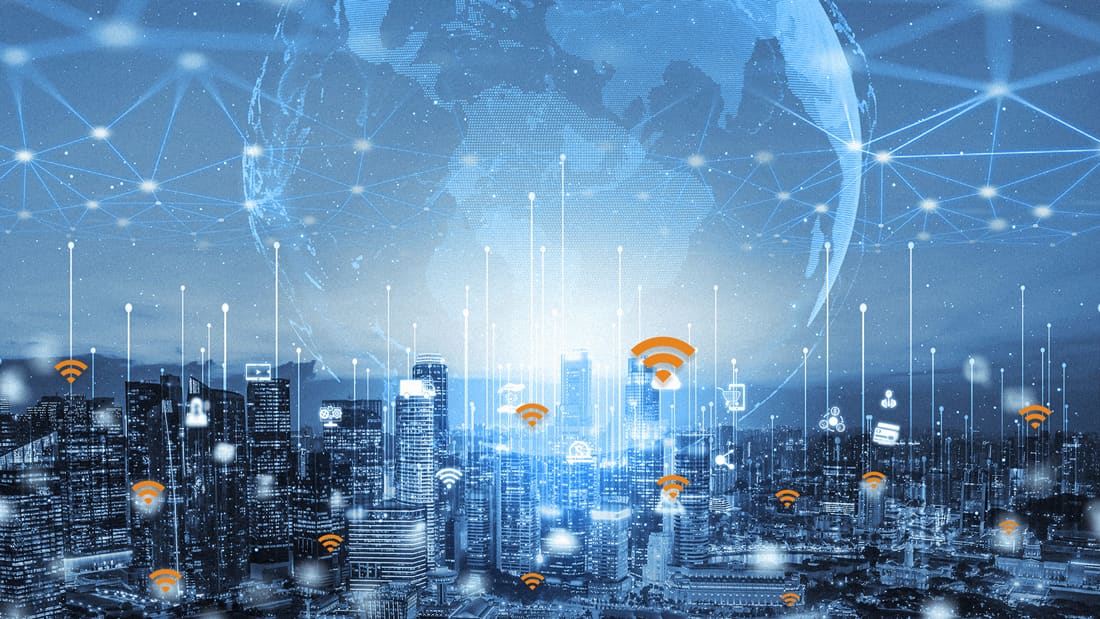The Vital Role of Continuous Monitoring in Smart Cities
Continuous monitoring empowers smart cities to maintain the resilience of their infrastructure. By leveraging advanced sensors and IoT technology, cities can continuously assess the health of vital assets like bridges, tunnels, and roads. This proactive approach allows for early detection of potential issues such as structural degradation, minimizing the risk of costly failures and ensuring infrastructure longevity.
Efficient resource management is key to sustainability in smart cities. Continuous monitoring provides real-time data on energy consumption, water usage, waste management, and air quality. With this information, city planners can identify inefficiencies, implement targeted interventions, and optimize resource allocation to reduce waste and environmental impact.
Public safety is a top priority in any smart city initiative. Continuous monitoring plays a crucial role in enhancing safety by detecting and responding to emergencies in real-time. Smart traffic management systems, for instance, utilize continuous monitoring to detect traffic congestion, accidents, or adverse weather conditions, enabling timely interventions and improved traffic flow.
Data is the backbone of smart cities, driving informed decision-making and policy formulation. Continuous monitoring generates vast amounts of data on various urban aspects, from transportation patterns to air quality levels. By harnessing this data through analytics and AI-driven insights, city authorities can gain valuable insights into urban dynamics, identify trends, and make data-driven decisions to enhance residents’ quality of life.
Continuous monitoring promotes citizen engagement and participation in shaping the future of smart cities. By providing access to real-time data and interactive platforms, cities empower residents to contribute feedback, report issues, and collaborate with authorities on initiatives such as community-driven urban planning and environmental conservation efforts.
In conclusion, continuous monitoring serves as the hub of smart cities, enabling proactive infrastructure management, resource optimization, public safety enhancement, data-driven decision-making, and citizen engagement. As cities continue to evolve and embrace digital transformation, the role of continuous monitoring will only grow in importance, paving the way for more resilient, sustainable, and livable urban environments. And don’t forget, IoT sensors for buildings and monitoring systems play a crucial role in enabling this continuous monitoring and driving the progress of smart cities.
Now, consider the application of these principles to the field of infrastructure monitoring. Pulse IoT Technologies embraces localized manufacturing and 3D printing to redefine how we approach the health monitoring of structures. Our sensors are not just standardized products; they are customized solutions crafted to meet the unique demands of each project’s requirements.
By leveraging 3D printing, we champion a smart and sustainable approach to infrastructure monitoring. PulseIoT sensors, manufactured with precision and care, embody the ethos of customization. This commitment ensures optimal performance in diverse scenarios, contributing to the efficiency, sustainability, and resilience of the structures we monitor.
As we navigate the era of tailored and sustainable solutions, Pulse IoT Technologies stands at the forefront, driving innovation in infrastructure monitoring. Join us on this journey towards a future where localized manufacturing and 3D printing pave the way for smarter, more sustainable, and customized solutions.

